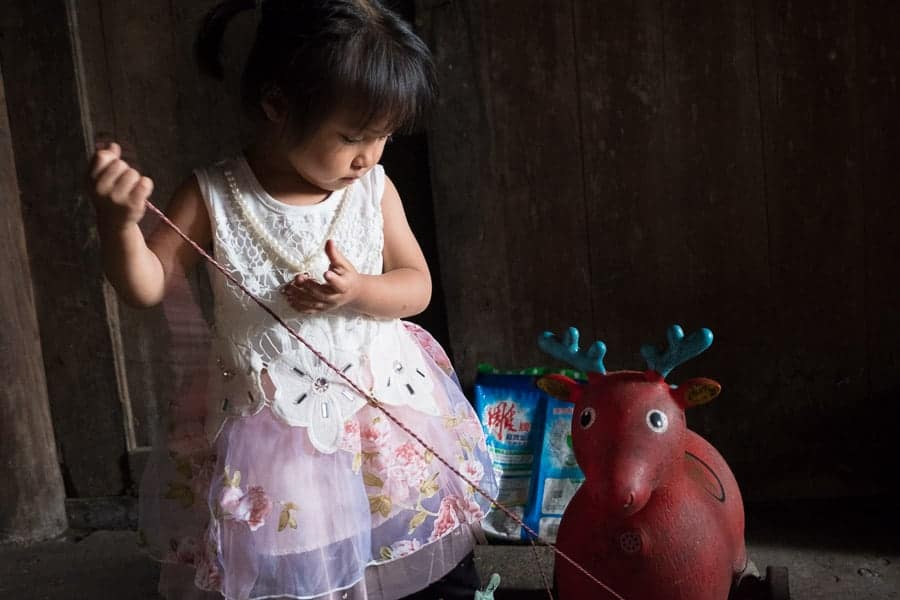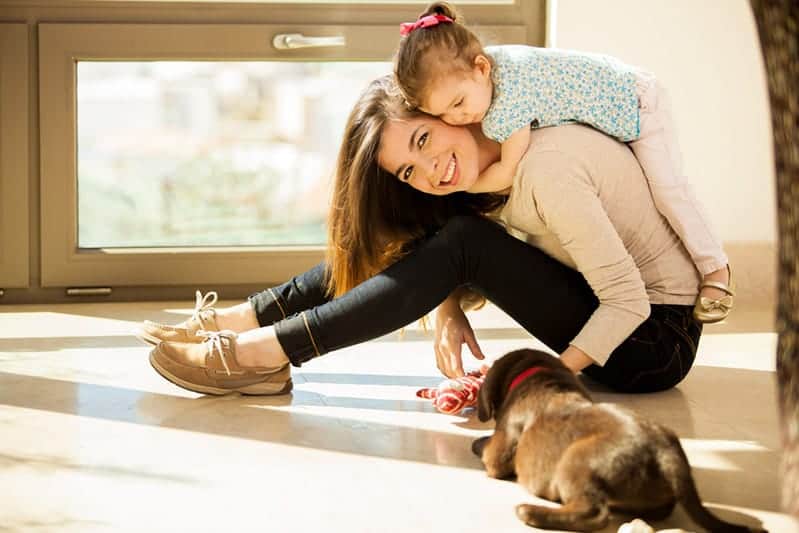Shooting indoor photography can become a chore when you don't know what you are doing. Lucky for you, that's where we come in to help!
1) Understand your camera as much as you can!
Get to know it like that girl/guy you wish you talked to more often from your English class. With that said, know your camera’s ISO limits; know when it starts to get grainy, and set a mental note for that. This way, you can increase your ISO to the highest value, while maintaining quality. For a T2i, your best bet is around ISO 1600, and at 3200 if ABSOLUTELY NECESSARY. For a T5i, you can shoot up to ISO 6400 without much noise interference. With that said, every camera model is made differently, so some cameras may have higher noise tolerance than others. Experiment to find out about yours!
Knowing your ISO capabilities can be very helpful during nighttime photography, because it is just one other element you can tweak to get your exposure to look “well-lit.”
2) Get out of automatic mode to take control of the all-important shutter speed
If this was not something you are already implementing into your daily photography routine, then it is time to get started! When shooting indoors, it would be recommended to shoot on shutter priority mode (Tv for Canon, S for Nikon) with a shutter speed no slower than 1/60 to 1/200. Anything higher than 1/200 may gain interference from any artificial lighting source you may have. Artificial lighting sources may include fluorescent “tube” lights, Speedlights, etc. This is because light bulbs flicker at a high frequency rate that doesn’t appear too visible to our naked eye. However, when shooting at nearly the same frequency as it, you will start to see those blue and orange bars caused by the lights.
1/60 to 1/200 is a nice range, because it affords you enough speed to capture a sharp image without motion blur, and it avoids capturing that nasty light frequency interference.
Shooting on aperture priority or manual mode indoors is incredibly helpful as well because you can then control the depth of field. Indoor photos usually have very busy backgrounds, so reducing your depth of field can produce a much more pleasing photo.
If you haven't yet mastered manual mode, then read Jim's excellent in-depth photography basics tutorial.
3) When you have the advantage of daylight, make the most of it!
This means shooting wherever it is available-whether from windows to doorways. Not only does daylight look natural (because it is, afterall), but it is also very BRIGHT! Daylight is significantly brighter than even the brightest flashes.
Shooting from daylight casted upon a window can also provide some beautiful soft light that gives your subject nice, even lighting. If you don’t want to use the sunlight as your light source, you can even get artistic to get it to cast a silhouette effect on your subject.
4) Use a reflector!
Seriously, this is not only one of the cheapest pieces of equipment you could possibly buy, but it is also one of the easiest pieces of equipment you could CONSTRUCT in a pinch! Not to mention how useful it is as well! How do I make one, you may ask? Easy!
Step 1: Get a blank piece of white poster board or paper.
Step 2: Have someone reflect it onto your subject!
Done!
Need a bigger area covered? Buy a bigger piece of poster board! Blank white paper can give a nice, soft fill source for any shadows that appear on your subject, and it gives off that professional look. If you need something stronger and harder, use some foil to cover that piece of paper!
Of course, you may not have a 5-in-1 reflector after all this, (as you may get for under $20) but it is still a 2-in-1 that you just made from mere pocket change!
Reflectors are great for daytime or nighttime photography and they provide powerful lighting compensation wherever you go.
5) Avoid overhead lighting.
Yes, this means your dear Aunt Sally’s kitchen lights as well. The reason being is that the overhead lighting casts these unflattering shadows that exaggerates wrinkles and eye bags. The simple solution to this problem? Simply have your subject(s) take a few steps back from the light source, so that it bounces from the floor onto your subject instead. Or if you are shooting for a photo that is going on your next Halloween card, then go ahead and let the light from above rain!

6) Modify that flash!
If you have a Speedlight flash available, or if you must shoot with the dreaded pop-up flash, modify the light in any way possible to avoid washed-out faces from the harsh light. For example, if you are shooting with a Speedlight, point the flash towards the ceiling or a nearby wall to bounce the flash onto your subjects! Doing this technique can be comparable to using a giant soft box such as those used for your school portraits, as it provides soft, even light. When the moment absolutely requires you to use the pop-up flash, an easy and foolproof method to modify the light is to use a thin (preferably plain white) tissue to go over the flash. Even though you are still stuck with direct flash, at least the light is soft, and the material does not have to be paper, by the way! I was at a theme park once, where I needed to use my pop-up flash, and only had a plastic bag to modify the flash. With a couple of trials and fiddling with “Manual” mode, I got it to look pretty nice!
7) A tripod can become your best friend!
When shooting in any situation, it’s always helpful to shoot on a tripod when you can. One of the reasons is that if you are required to shoot without any of the above suggestions for lighting, you can still somewhat get away with a longer exposure than 1/60, as the camera won’t be moving to cause motion blur. However, we cannot guarantee the same for your subjects. Also, wouldn’t it be nice to have a family picture WITH the family’s designated photographer?
If you are shooting static subjects indoors, then you can even use a long-exposure of about ¼ to BULB with less light sources to basically “magnify” the light, when on a tripod.
8) Shoot with whatever setting or lighting you need to get the shot.
Sometimes, we get into moments where we don’t have time to compose and adjust lighting. Those “Kodak moments” only come once in a while, and once they’re gone, they’re gone! These are one of the rare moments where I would find AUTO mode acceptable. You just have to put your faith in the camera and let it fire away. Hopefully, it hits it with its best shot.




In the first part of the article I read that you should shoot in shutter priority, then right after I read that is incredibly useful to shoot in aperture priority, which will eliminate all the advantage that you have over the shutter speed and everything was said until then. It was at this point that I didn’t read any further. No; it’s completely true. I was also able to spot a purposely added advertisement for two cameras. That was it for me. Done with this web page.
I liked the article and highly appreciate you sharing your knowledge. What I can’t get around is the recommendation to bounce light off the floor?!?!
Place a diffuser light: Many online shops and less than EUR 5 or 10 can buy this accessory consisting of a kind of cap and semi – translucent white plastic that will be put before the flash. Its function is to lighten the powerful flash light and make it softer. If you do not have one of these accessories do not worry, you can improvise one using any piece of kitchen paper or paper Kleenex you have on hand. Put in front of the goal and make a test. If the flash is too powerful you, fold the paper and repeat the test. If you have left too soft, unfold it and ready
Excellent tutorial………..very helpful tips thank you
Hello, I have been doing strictly outdoors photography publically for about 3 yrs now. I have had a studio set up for a while and have been afraid to adventure into it. I opened it today and then went searching for help and your article was the first one I came to. I wanted to say thanks so much, it helped a lot and I feel a bit more confident now have read this. Happy Shooting. 🙂
P.s. Sorry for the lame fb website, have not found a good website builder yet to have made a normal site.
My indoor photos with flash produced photos with minute square in red colour. what is this? other wise the photos were very clear except for these little red squares.
Jesan Ramasamy
Is the little Red square only visible when viewing the LCD on the back of your camera?
This could be your camera’s focus point which can be turned off
did you put your images on your PC and is square still there ?
Thanks! I really appreciate these tips as indoor photography has been always complicated to me!
Cheers,
Miguel.
Adjust your ISO, softening and reflecting your light is all fine. They are all good procedures to lighting solutions. With the exception of ISO, does your camera understand how much light will be reduced when you redirect it? I would say no. Is there a compensation calculator or do you need to eye ball with some test shots?
Great tips. Thanks for the post!
thank you!
hank you so much for this great informative article!
Thank you so much for this great informative article!
I am a beginner also! These tips are awesome. I will be trying some of them out this weekend on inside pictures.
brilliant tips for the flash side of things!
insta: eyetookthisphotography
Thank you for sharing the point, no overhead lighting, I will take note of that.
Thank you for your insights. Very informative. I have experienced problems with the videographers very bright yellowish lighting. This lighting overwhelms the place. In terms of bouncing, there is a problem. colour Decorated walls. And ceilings too high to bounce. brightness from vifeo lights also intfere with my off camera flashes, Have decided to do the net wedding without flash and by cranking up the ISO. Regards Mike Reddy
thanks!! its really helpful to improve my photography skills